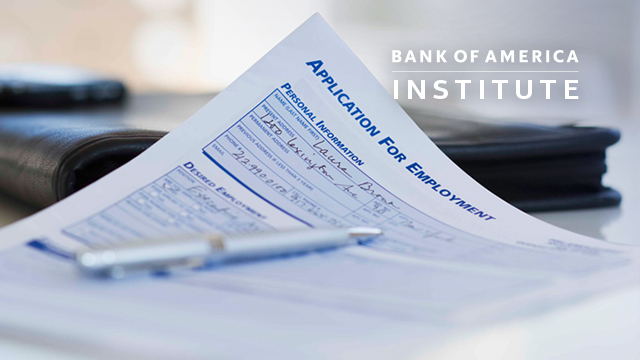Read our full analysis for a more in-depth look at these trends.
Consumer Checkpoint: The tale of two wallets
Consumer spending has risen, but the gap between lower- and higher-income households remains pronounced.
October 2025
Key takeaways
- Total credit and debit card spending per household increased 2.0% year-over-year (YoY) in September, compared to 1.7% YoY in August, according to Bank of America aggregated card data. Seasonally adjusted (SA) spending growth per household rose 0.2% month-over-month (MoM), the fourth straight monthly gain.
- Lower-income households showed some spending recovery, but growth remains muted compared to middle- and higher-income groups, likely due to softer wage gains in this cohort.
- Middle- and higher-income households have stronger wage growth but higher-income spending is likely also benefiting from wealth effects. The discretionary spending of the top 5% of households by income tends to widen compared to the middle-income cohort when the S&P 500 is rising.
- Housing wealth plays a supporting role, and is spread across the income distribution more proportionately. However, the overall impact on consumer spending is likely limited.
Consumer Checkpoint is a regular publication from Bank of America Institute. It aims to provide a holistic and real-time estimate of U.S. consumers’ spending and their financial well-being, leveraging the depth and breadth of Bank of America proprietary data. Any such Bank of America proprietary data is not intended to be reflective or indicative of, and should not be relied upon as, the results of operations, financial conditions or performance of Bank of America.
Additional Materials:
Get the latest from Bank of America
Institute delivered right to your inbox.









